As a brief reminder, the three components that (knowingly or unknowingly) make up your training are volume, intensity, and frequency. Last week, I covered volume. If you didn't catch that article, you can view it here.
There are a couple of ways people define intensity. The first, and most popular is how "hardcore" your workout is; however, this is very subjective and not as measurable. The objective, measurable way to define intensity is the percentage of your one rep max or % of 1RM.
In the last article, I stated you can produce muscular hypertrophy (grow your muscles) equally as well with higher reps or lower reps, as long as volume was equated[1], but that is not the case with strength. The SAID principle (Specific Adaptations to Imposed Demands) states that, in order to obtain a certain outcome, we must specifically train for that outcome. In order to get stronger, we must train in the lower rep ranges. If your goal is muscular endurance, you must train in the higher rep ranges. Because of this, we will be focusing more on strength and less on hypertrophy in this article.
There are three major factors to consider for optimizing strength gains:
1. Muscle Mass/Structural Adaptations
A muscle with a larger cross-sectional area/more mass has more muscle fibers to contract; thus, allowing a heavier load to be moved. Other structural adaptations include the strengthening of connective tissue and changes in pennation angle (angle at which you lift a weight due to changes in the size of your muscle).
2. Neuromuscular Adaptations
Our neurological system is what is responsible for recruiting and activating our muscles to express strength. The neuromuscular adaptations that are produced as a result of using heavier loads, allow our contractions to be more forceful and efficient. This allows us to use more of the potential from our existing muscle mass.
3. Motor Patterns/Skill
This goes along with the above-mentioned SAID principle. Strength is also a skill. Before you can squat with a heavy load, you must be able to correctly perform a squat in general.
Don't be TOO specific
If your primary goal is strength, you may take what I just said and decide that you need to all of your training at less than 5 reps. Before you get ahead of yourself, consider this. Higher intensity requires more of your body. Training at too high of an intensity too often can lead to injury. One of the most important things to note is that if you are too specific, it may actually be detrimental to your strength gains. A study by Gonzalez-Badillo examined three groups of young, well-trained, competitive weightlifters. Each group was assigned a number of their total reps to be performed at 90-100% of their 1RM. One group performed 46, another 93, and the final group 184 of their total reps. The study found that the middle group actually produced the most strength gains [2]. A likely reason for this is the highest intensity group also accumulated the most fatigue and if you recall, from fitness-fatigue model discussed in last weeks article, performance, in general, is the net result of fitness minus fatigue.
Practical Takeaways
You may be left wondering how to select weights for your sets based on percentages of your 1RM. This chart is a great place to start.
Figure 1: Fitness-Fatigue Model
Eric Helms Andy Morgan, and Andrea Valdez
The Muscle and Strength Pyramid Training
Notice that I did say this is a great place to start. There are obviously going to be individual variability. One individual may be able to do 8 reps at 80% of their 1RM. Another person may only be able to do 6. Another thing to keep in mind is if you do multiple sets, you will need to adjust the number of reps down to account for fatigue. For example, if you are doing 3 sets of 10, you may want to do 65% of your 1RM or maybe slightly less if you do not have excellent muscular endurance. Personally, I tend to have much less muscular endurance relative to my strength.
A rule of thumb for how to divide your training volume would be as follows:
For Strength:
~2/3 to 3/4 total volume in the 1-6 rep range
For Hypertrophy:
~2/3 to 3/4 total volume in the 6-12 rep range
Again, this is a place to start. These numbers could be adjusted slightly upward or downward as you find what works best for you.
Don't forget to like, comment, and share. As always, God bless you AND your family. Thanks for reading!
References:
1. Schoenfeld, B.J., et al., Effects of Low- Versus High-Load Resistance Training on Muscle Strength and Hypertrophy in Well-Trained Men. J Strength Cond Res, 2015.
2. Gonzalez-Badillo, J.J., M. Izquierdo, and E.M. Gorostiaga, Moderate volume of high relative training intensity produces greater strength gains compared with low and high volumes in competitive weightlifter. J strength Cond Res, 2006. 20(1): p. 73-81


